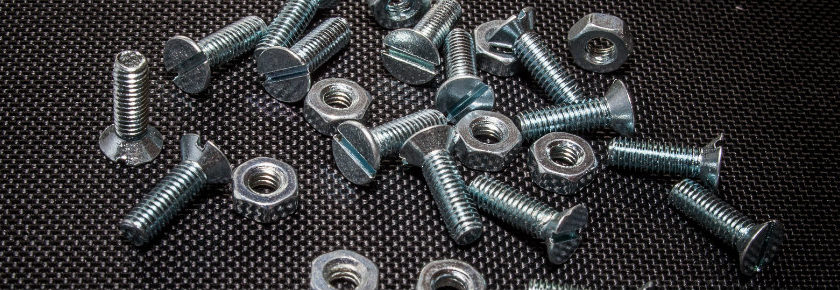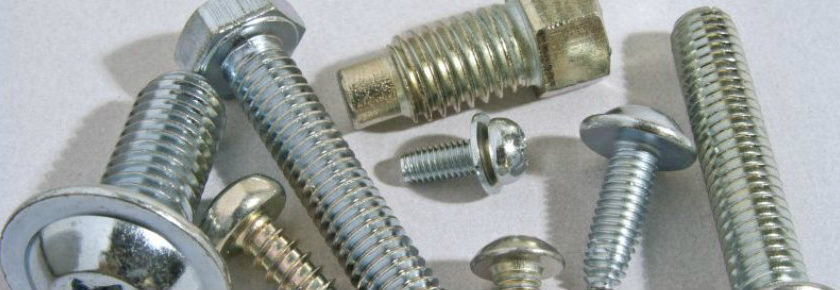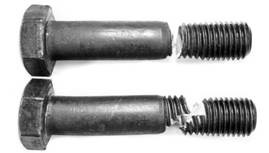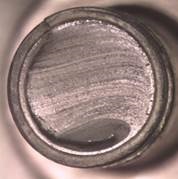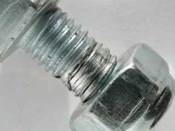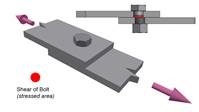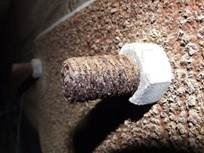One of the keys to understanding the metric system is the understanding of its tolerance system. There is simply no manufacturing method that enables production to perform to exact dimensions. In the inch system, tolerance is mainly done by giving minimums and maximums.
The ISO tolerance system was created by the International Standard Organization in 1948. Originally it was developed for fits and is still mainly used in this manner. It is based on IT Grades which are base tolerances from which all the individual tolerances are derived.
The system is composed of a letter and number base.
The letter indicates the location of the tolerance (whether plus or minus, how much plus, how much minus).
The number indicates the tolerance range. The bigger the number, the bigger the spread between the minimum and the maximum, and therefore the larger the tolerance range.
Download the Bossard Technical section for basic tolerances and tolerance fields, or email ProvenProductivity@bossard.com with any questions regarding tolerances.
Joe Stephan
Application Engineer





